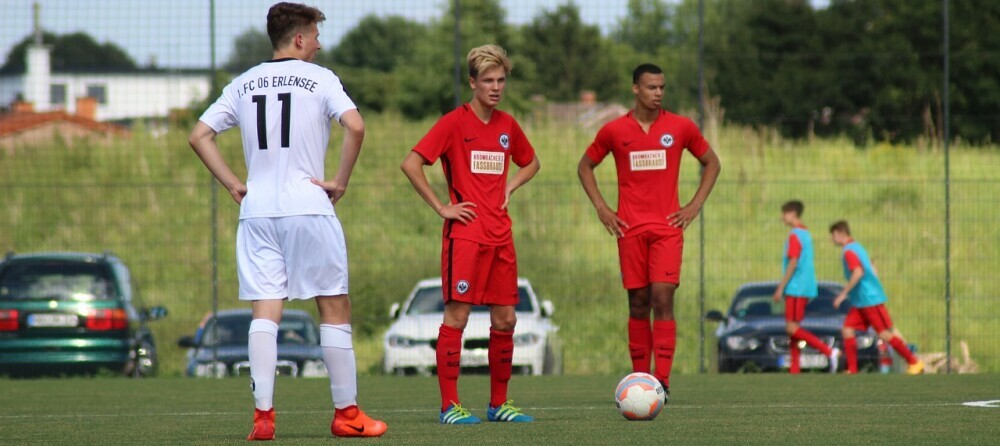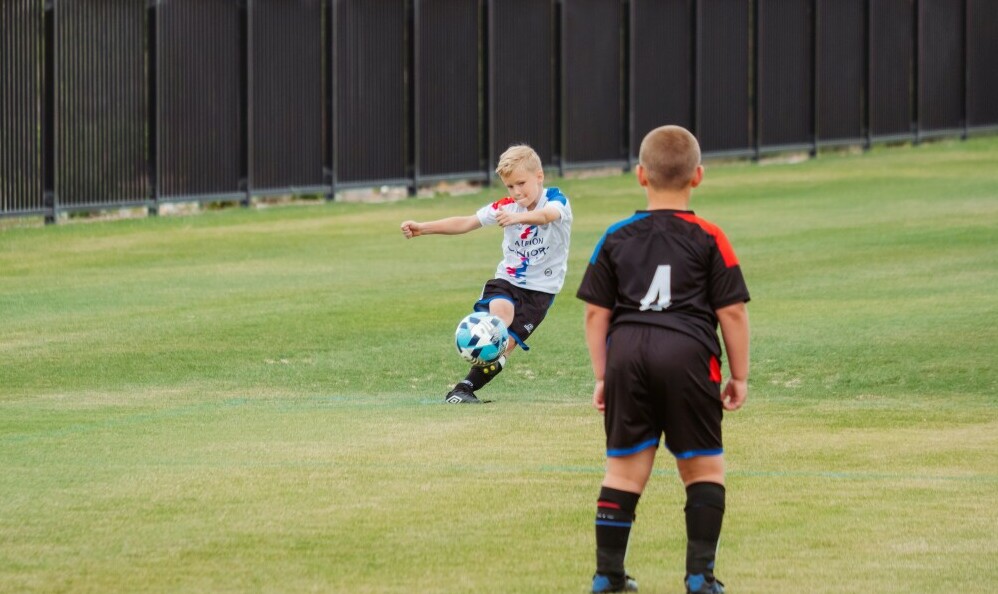 Set pieces are moments in football that hold a lot of potential to sway the game. Whether it’s a corner kick or a free-kick, these moments can turn the tide in favor of a team. Understanding set pieces isn’t just about knowing the rules; it’s about recognizing their impact on the game’s flow and outcome.
Set pieces are moments in football that hold a lot of potential to sway the game. Whether it’s a corner kick or a free-kick, these moments can turn the tide in favor of a team. Understanding set pieces isn’t just about knowing the rules; it’s about recognizing their impact on the game’s flow and outcome.
Set pieces have a significant impact on match outcomes. A single well-executed corner or free-kick can break a deadlock, shift momentum, and even decide championships. Teams that master these skills often have an edge over their opponents, capable of capitalizing on opportunities that might seem ordinary but are actually game-changing.
Set pieces have evolved significantly over time. Back in the day, a corner was just a corner, and a free-kick was just a free-kick. But now, there’s a whole science behind it. Coaches spend countless hours analyzing and developing strategies to optimize these scenarios. The tactical approaches now are incredibly sophisticated.
There have been numerous memorable moments in football history where set pieces have defined the game. Think of David Beckham’s free-kicks or Sergio Ramos’s crucial headers from corners. These moments are etched in the memories of fans because they highlight the brilliance of set pieces. It’s not just about executing a skill; it’s about delivering when it matters most.
Mastering Corner Kicks: Techniques and Strategies
 Corner kicks are one of the most exciting yet strategic aspects of football. Understanding and mastering these can give a team a significant advantage. Each corner kick presents a scoring opportunity, but it’s all about execution.
Corner kicks are one of the most exciting yet strategic aspects of football. Understanding and mastering these can give a team a significant advantage. Each corner kick presents a scoring opportunity, but it’s all about execution.
The basic principles involve placement and timing. A good corner kick is delivered with precision to the target area, typically the near post, far post, or the penalty spot. Timing is crucial so attackers can position themselves perfectly to either score or create further play options.
Several common strategies are utilized in corner kicks. In-swingers and out-swingers are the most popular types, determined by the angle and spin of the ball. Short corners might be used to confuse defenses and create space. Each strategy has its own pros and cons, and the choice depends on the situation and the players on the field.
Each player has a specific role during a corner kick. The kicker needs to deliver the ball accurately, whereas attackers need to anticipate the ball’s trajectory and defenders must guard their zones or mark attackers. Communication is key to executing these roles effectively under pressure.
Training drills are essential for honing corner kick skills. Practicing the delivery, timing of runs, and defensive setups can make a significant difference. Repeated practice under various scenarios ensures players can adapt during a match and take advantage of these set-piece opportunities.
Unlocking the Potential of Free Kicks
Free kicks are golden opportunities to showcase skill and precision. When taken correctly, they can result in spectacular goals that ignite the crowd and change the course of a game.
There are various types of free kicks, each with its own strategic approach. Direct free kicks aim straight for the goal, relying on the taker’s shooting ability. Indirect free kicks, meanwhile, require a second player to touch the ball before a shot can be taken. Each type demands a different tactical mindset.
Successful free kicks stem from remarkable technique. The approach, how the ball is struck, and the player’s posture all play a role. Curling the ball around the wall, striking it with power, or employing a knuckleball technique where the ball dips and swerves unpredictably are just some methods. Practicing these techniques in various conditions can improve consistency and accuracy.
Some football legends are known for their exceptional free-kick abilities. Think of Cristiano Ronaldo’s power shots, Lionel Messi’s precision curls, and Juninho Pernambucano’s deadly accuracy from virtually any distance. Studying their techniques and style can offer valuable insights and inspiration for anyone looking to improve their free-kick game.
Training routines to enhance free-kick skills should be diverse. Start with basic drills focusing on accuracy from different angles and distances. Gradually incorporate more complex scenarios, such as practicing with a defensive wall or under varying weather conditions. Consistent practice and perseverance are key to mastering free kicks.
Psychological and Tactical Insights into Set Pieces
Mental preparation is a huge part of successfully executing set pieces. Players need to stay calm, focused, and confident. Visualization techniques can help, like mentally rehearsing the shot or pass before actually taking it. This reduces anxiety and improves performance.
Tactical planning is crucial in mastering set pieces. Coaches and analysts spend a lot of time developing and refining set-piece routines. These routines involve specific formations and movement patterns designed to create scoring opportunities or defend against them effectively.
Adapting set-piece strategies to exploit the opponents’ weaknesses is a smart move. Analyzing opponents’ previous games to find tendencies and weak spots can provide an edge. This includes spotting gaps in the defensive wall or identifying less aerially dominant players to target.
Analyzing performance in set pieces is vital for continuous improvement. Reviewing video footage to study what worked and what didn’t helps fine-tune tactics and techniques. Players and coaches can then adjust training sessions to focus on areas that need improvement, ensuring the team is always enhancing its set-piece prowess.
